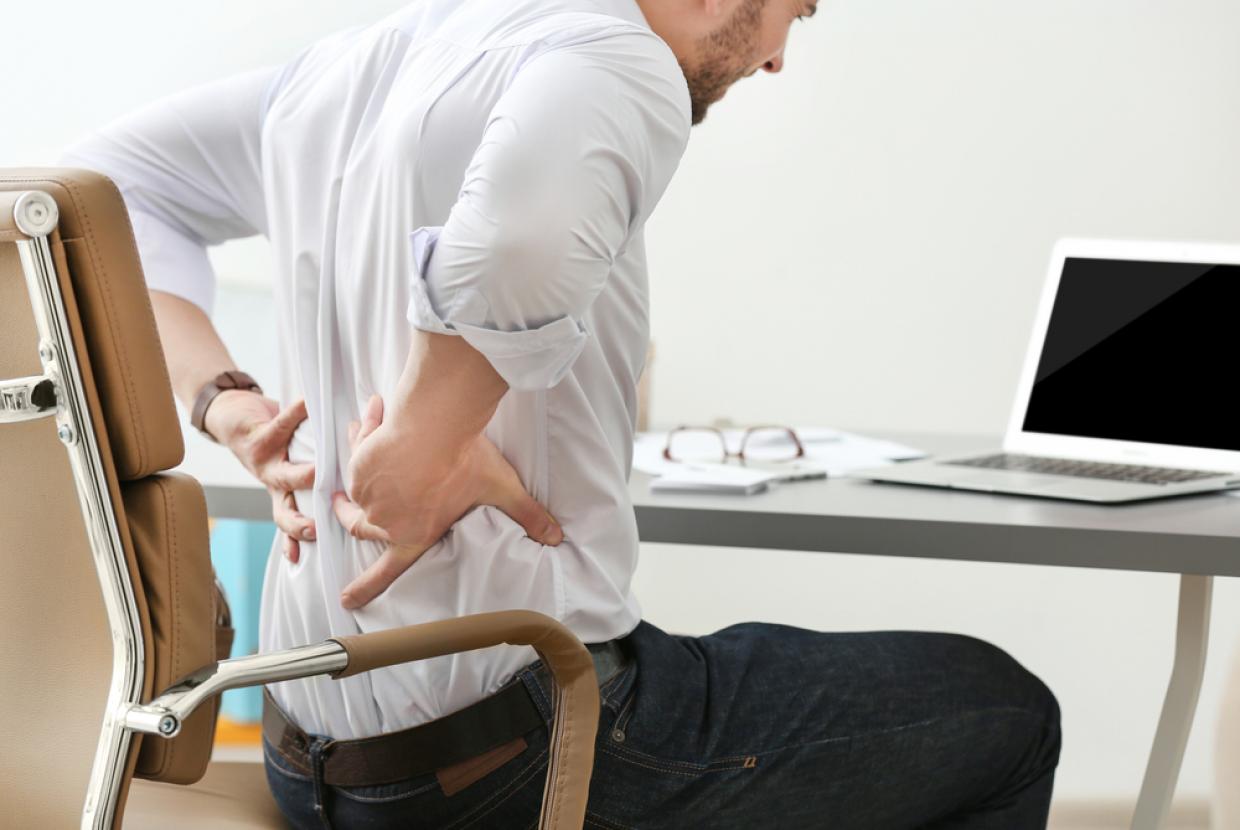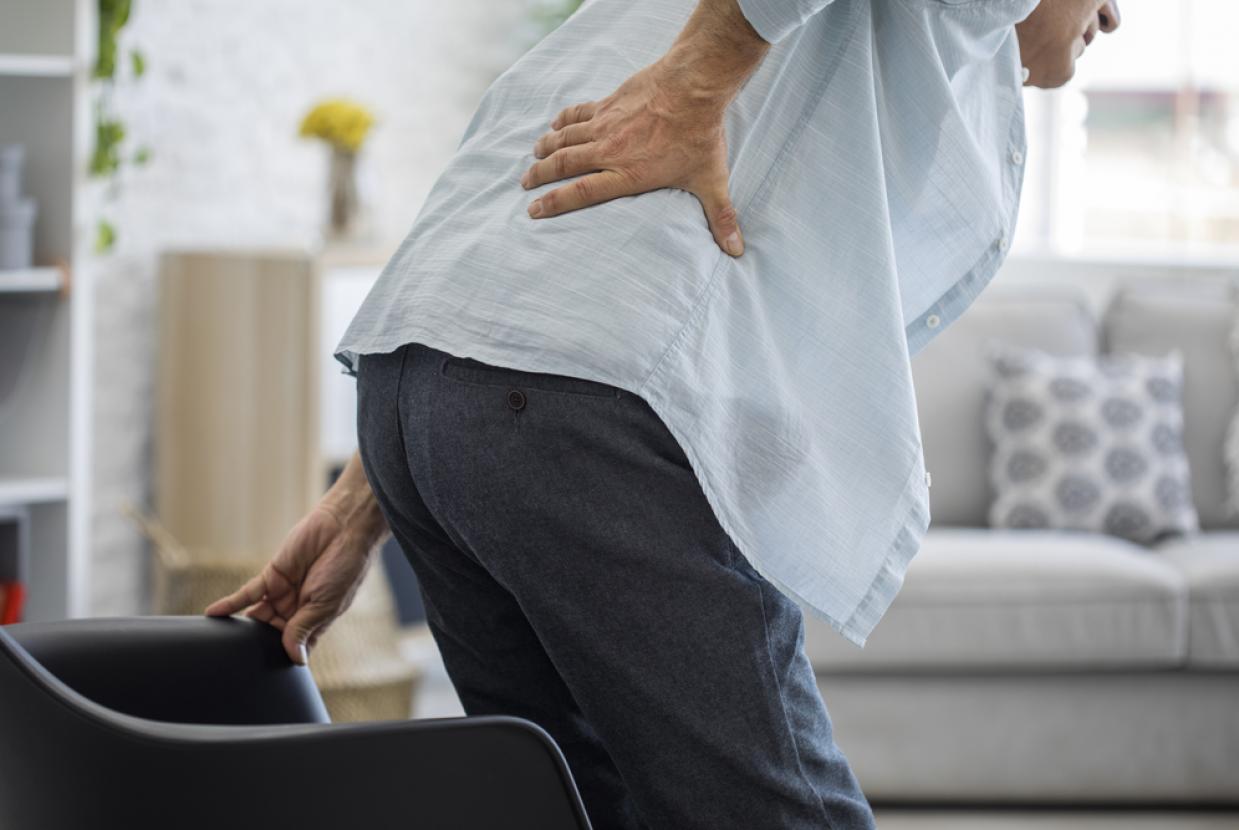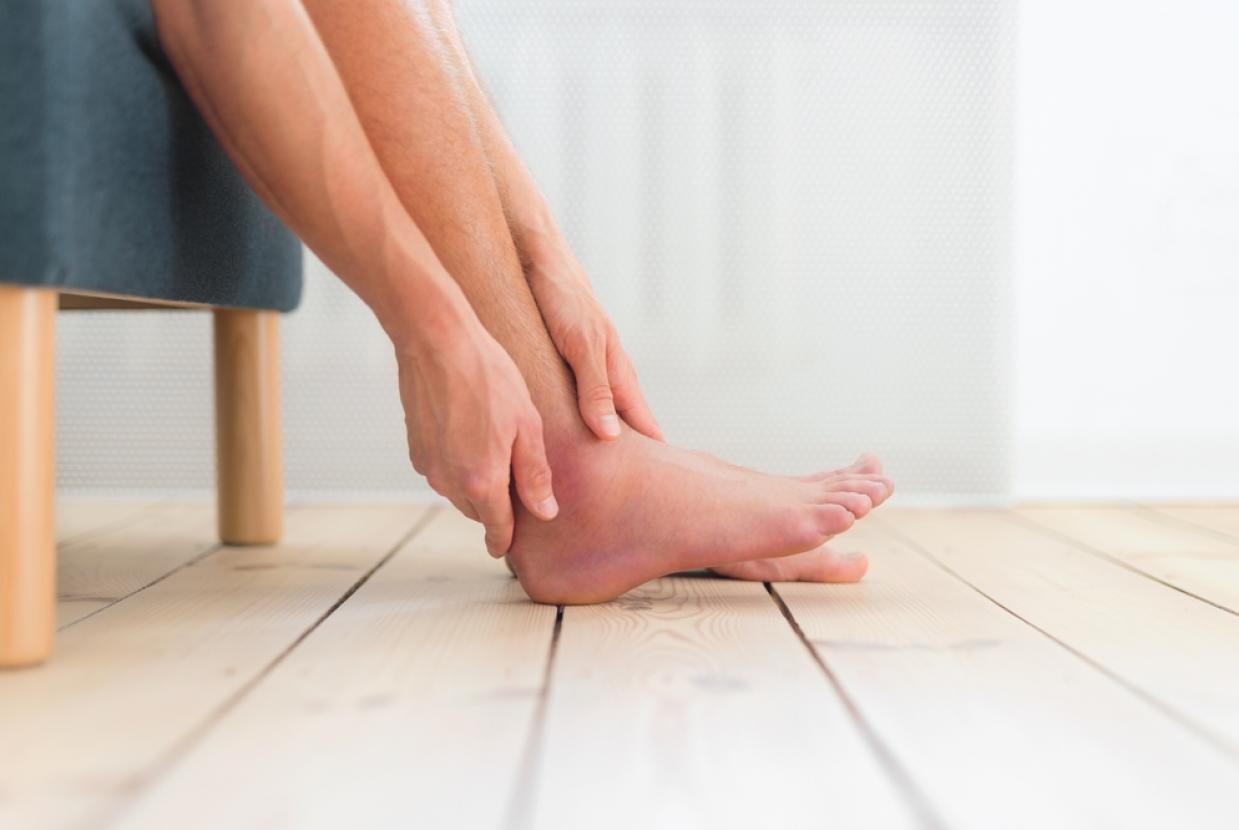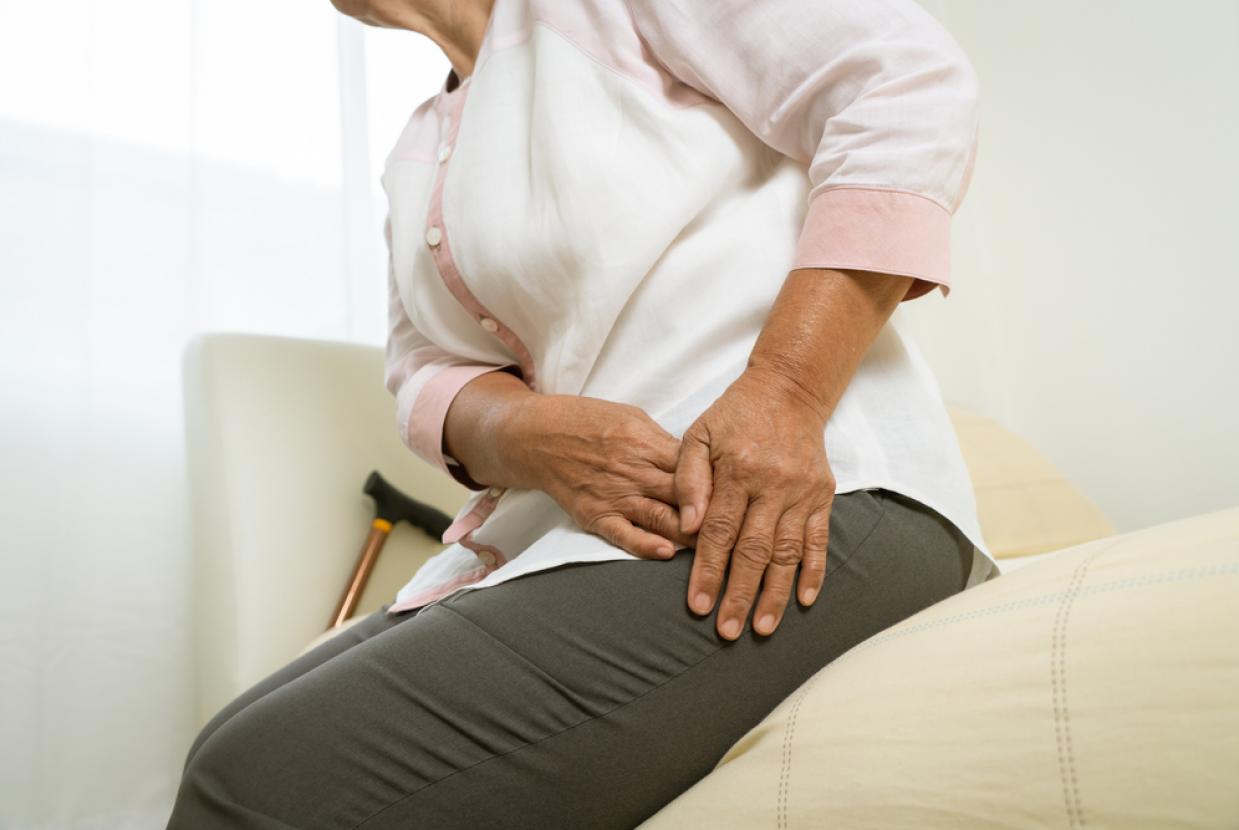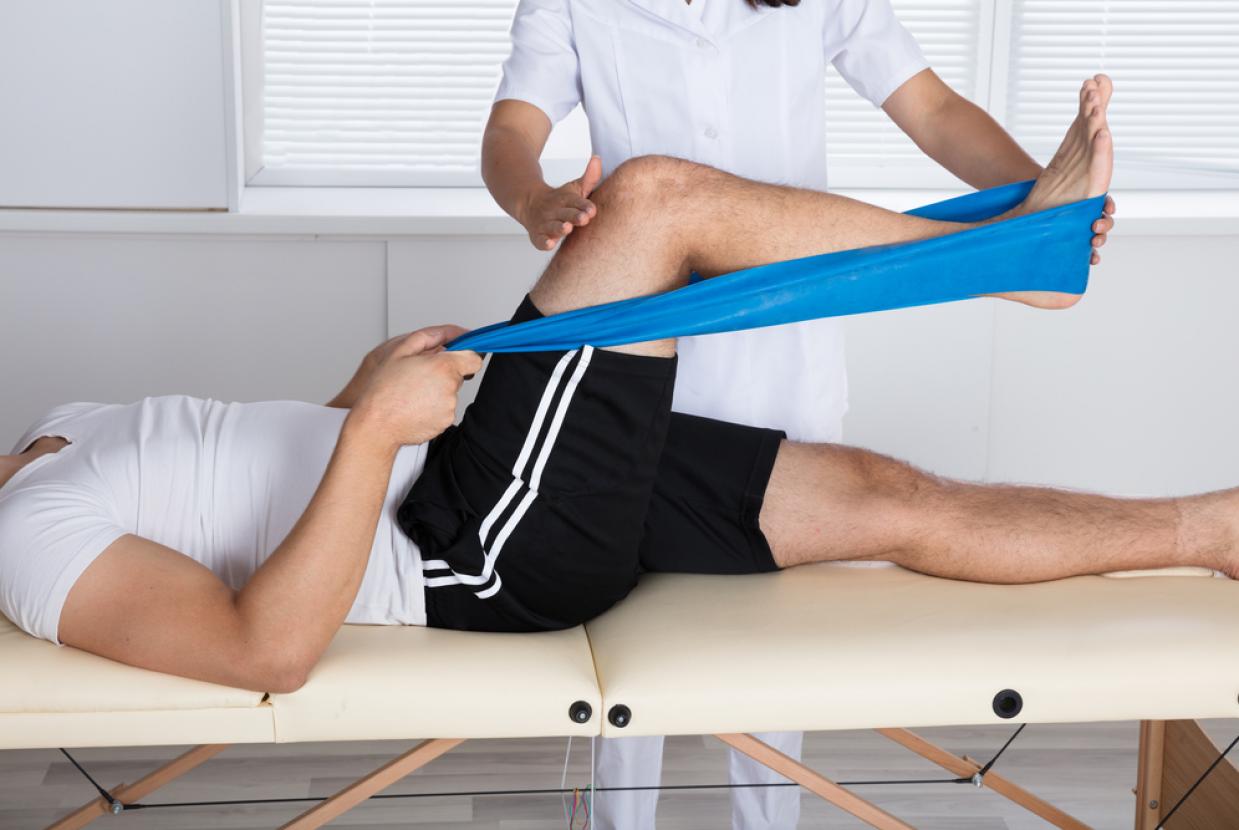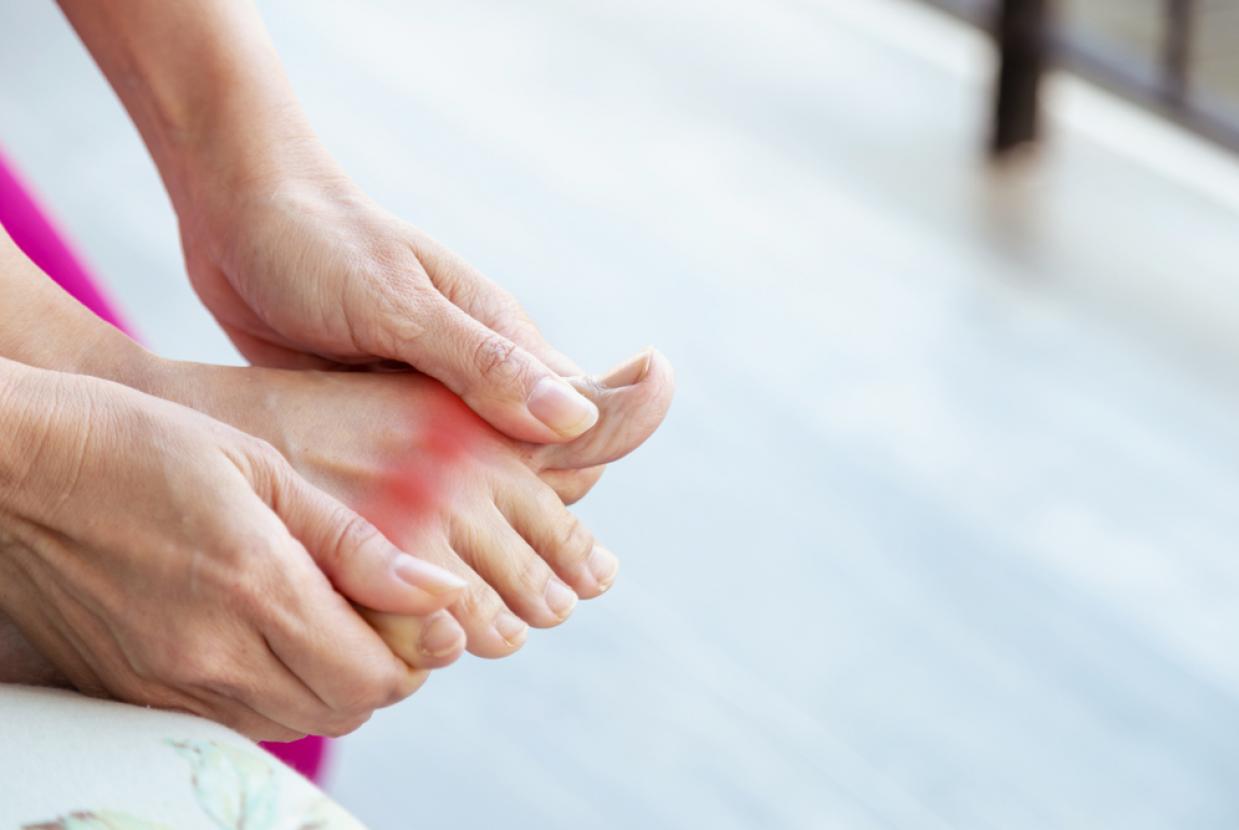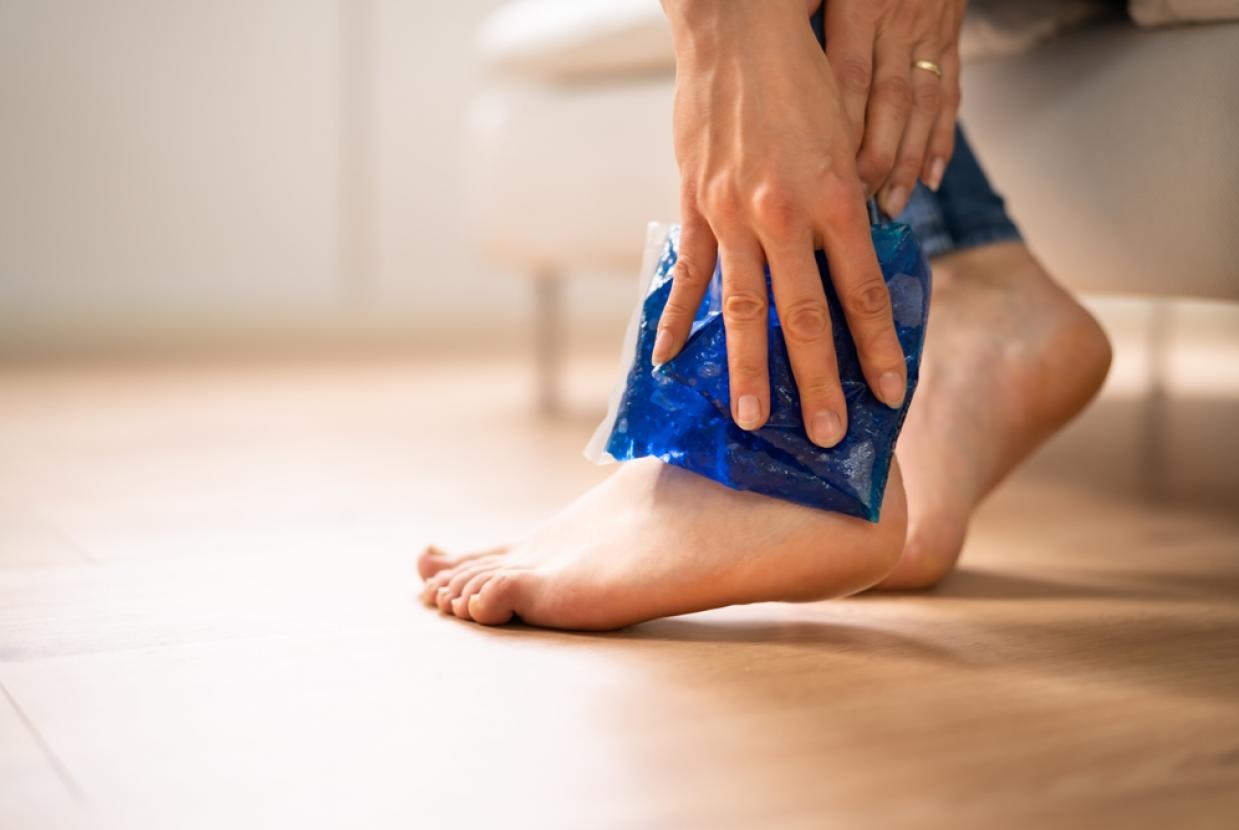Tips For Driving With Arthritis
Arthritis/Back Pain/Joint PainFor many of us, being able to drive really matters. It gives us independence, helps us connect with friends and family, and offers an easy way to get from A to B.
But if you’re dealing with pain, stiffness and fatigue, we know that driving isn't always easy. Maybe you have trouble getting in or out of the car or your hands get sore on long drives. Whatever you’re dealing with, know you’re not alone. There’s support in place to help you.
Tips for driving safely and comfortably with arthritis
There are small steps you can take to make driving safer and more comfortable for you. To give you a helping hand, we asked our community for their advice. Here are their top tips:
Choose an automatic or a ‘taller’ car
Gripping the gear stick can be tough if you have sore hands. When it comes to buying a car, it might be worth considering choosing an automatic. This means it can change gears on its own, so you may find it easier to drive.
Our community also pointed out that choosing a ‘taller’ car (that is, a car that’s higher up from the ground) might make it a bit easier to get in and out. Some people also find the following useful:
- padding your steering wheel with a cover or even foam tape
- a neck support for the headrest
- a moulded backrest
- swivel cushions
- seatbelt reaching gadgets
- panorama rear-view mirror and mirror extensions – to cover your blind spots and provide a better view of the traffic behind you.
Blue badge
If you have mobility problems, you may also be eligible for a Blue Badge. Blue Badges allow people with disabilities or health conditions to use disabled parking spaces. That way, you can park closer to your destination, which can be helpful if you find it hard to walk long distances.
You’ll qualify automatically if:
- You’re on the higher rate mobility component of the Disabled Living Allowance (DLA).
- You receive Personal Independence Payment (PIP) and scored eight points or more in the 'moving around' area of your assessment.
- You receive the War Pensioners’ Mobility Supplement (WPMS).
- You received a lump sum payment as part of the Armed Forces Compensation scheme (tariffs 1 to 8) and have been certified as having a permanent and substantial disability.
If you don’t automatically qualify for a Blue Badge, you still may still be eligible. For example, you may qualify if:
- You cannot walk at all.
- You cannot walk without help from someone else or using mobility aids.
- You find walking difficult due to pain, breathlessness or the time it takes.
- Walking is dangerous to your health and safety.
To see if your eligible and steps on how to apply, go to GOV.UK.
Heated seats and steering wheel
For some people, applying heat (e.g. a hot water bottle) helps to soothe their achy joints. Nowadays, many cars have heated seats or heating steering wheels, which might offer a bit of relief when driving. But everyone’s different, so it’s worth seeing what works for you.
Conserving energy and taking breaks
Planning on a big car journey soon? Driving can be tiring at the best of times, but we know it can be more challenging when dealing with fatigue. To tackle this, it can be helpful to pace yourself and plan breaks.
Let’s say you’re planning a big drive on Saturday. On Friday, you might want to have a relaxing day, so you feel well-rested. Then, when you’re on the road, it might be worth taking a break and stopping at a service station to rest every so often.
Gloves
Some people find that their pain levels increase when the weather is cold or damp. If this sounds like you, it might be worth getting a pair of gloves that are suitable for driving.
Aids and adaptations
Many people with arthritis say that aids and adaptations make a real difference to their day-to-day lives. So much so, in a 2019 report, we found that more than half (60%) of people with arthritis used an aid or adaptation.
Aids are gadgets or equipment that help you manage everyday tasks. There are some you can use to make driving a bit easier, such as power steering, special cushions or a steering ball.
If you adapt your car to make driving easier, you should speak to the Driver and Vehicle Licensing Agency (DVLA). For more advice on driving and adaptations, it’s also worth chatting with Driving Mobility. They are UK-wide network of independent organisations that offer a range of mobility assessment services and advice.
Ask for help
If you’re struggling to get around, don’t be afraid to ask for help from your loved ones. For example, could you ask a friend or family member to give you a lift? Remember that you don’t have to face arthritis alone and that people will want to support you.
Who can give me advice about driving with arthritis?
Driving Mobility provide a range of mobility assessment services and advice, such as:
- Access assessments – cover techniques and adaptations to get in and out of a car.
- Driving assessments – which look at your ability to drive. The assessor can give advice on how to make driving easier and on gadgets which might help, for example steering aids or more complex adaptations.
- Tuition service for new or returning drivers – they can assess your needs and teach you how to drive in specially adapted vehicles if needed.
You can use the Driving Mobility website to find your nearest centre.











